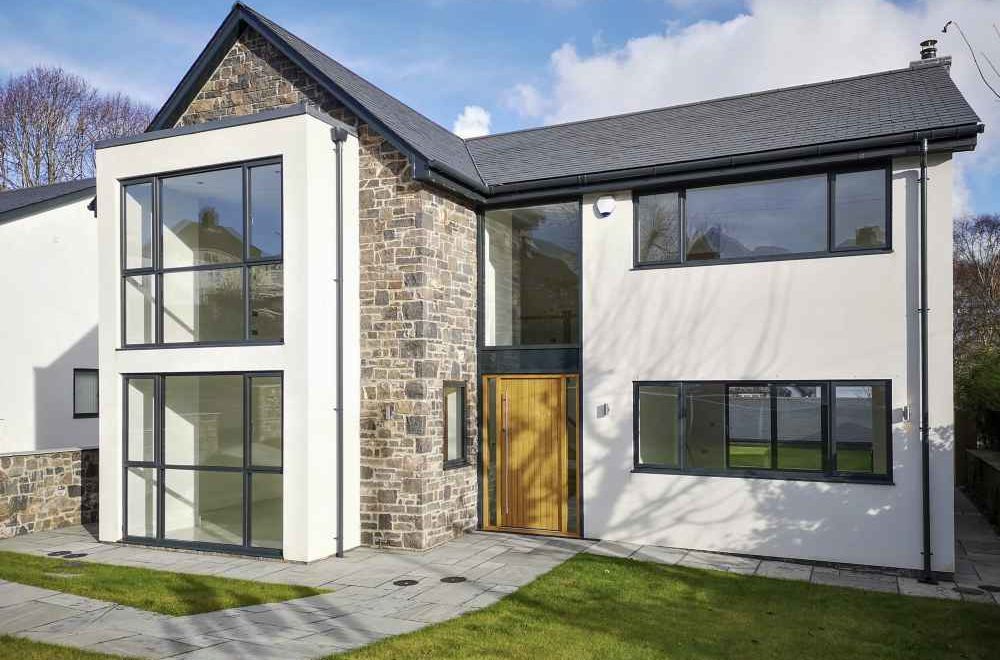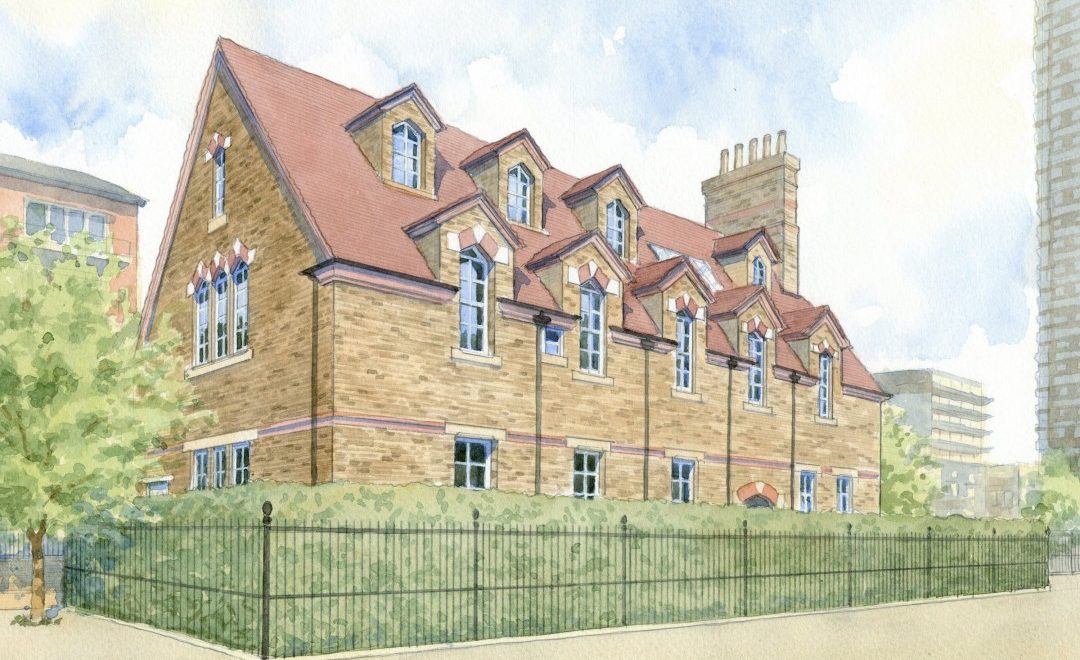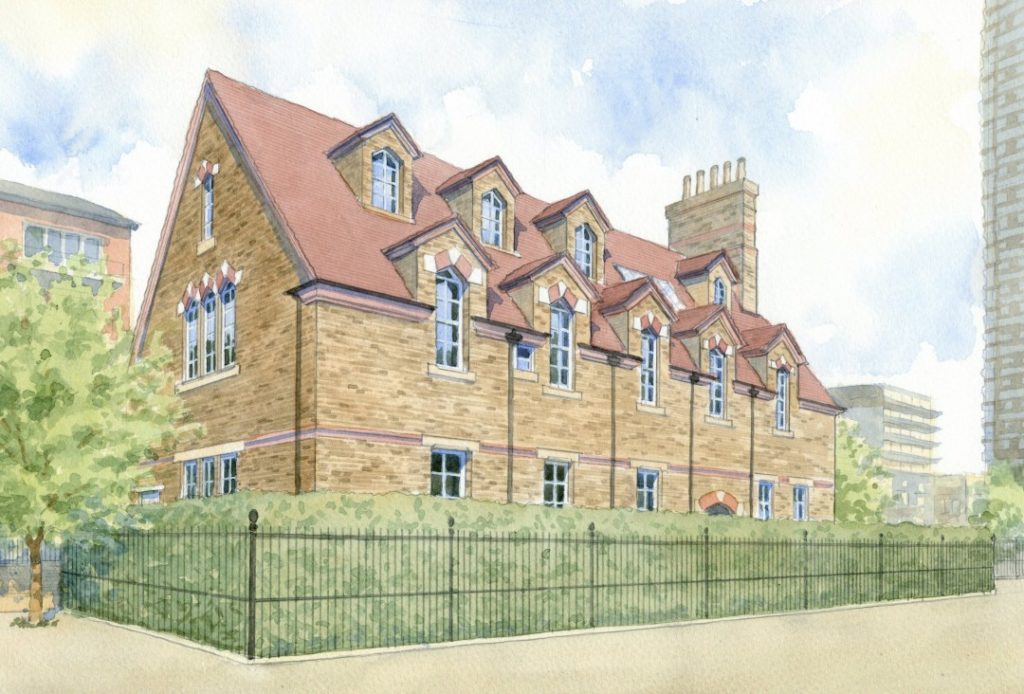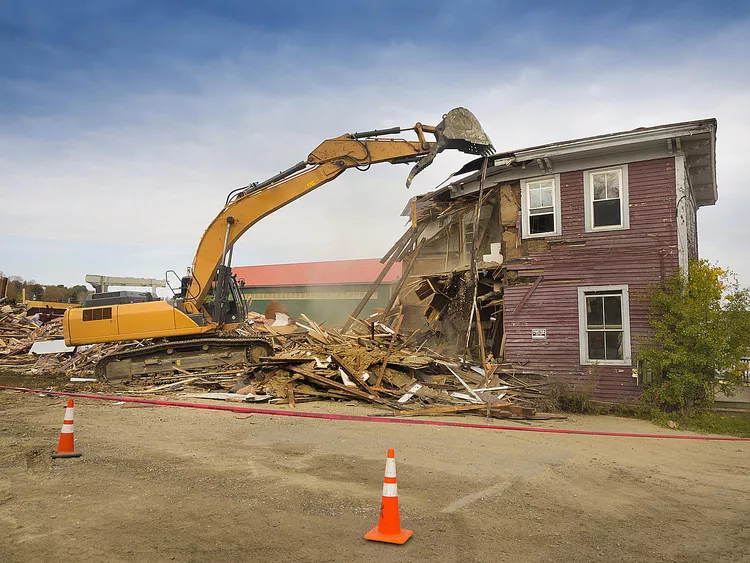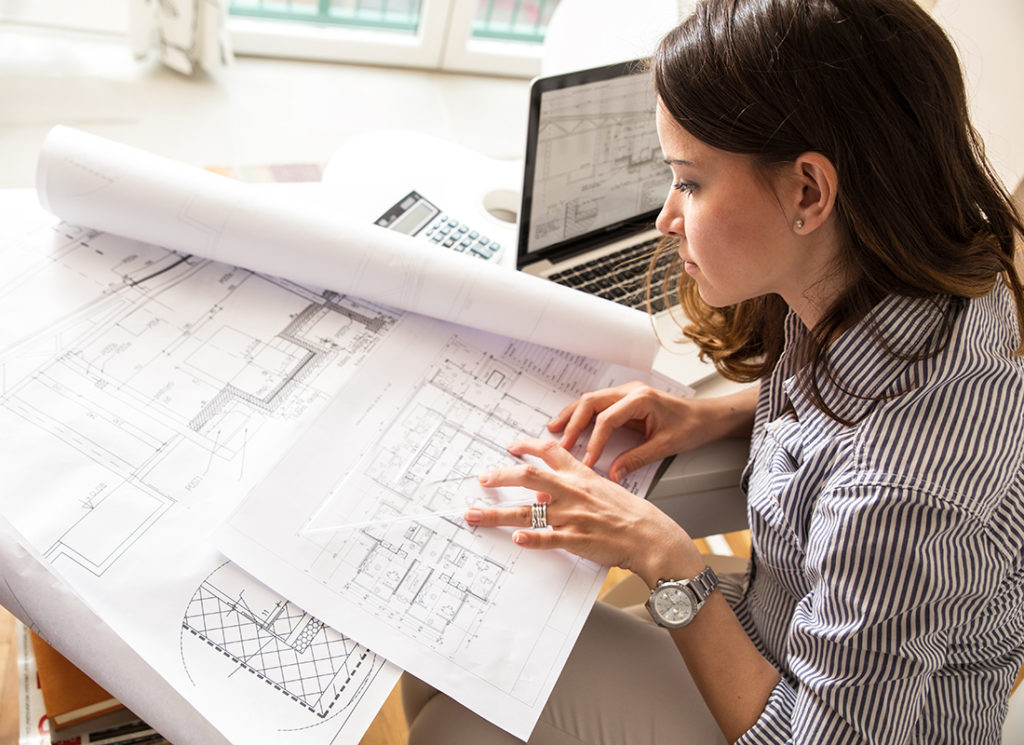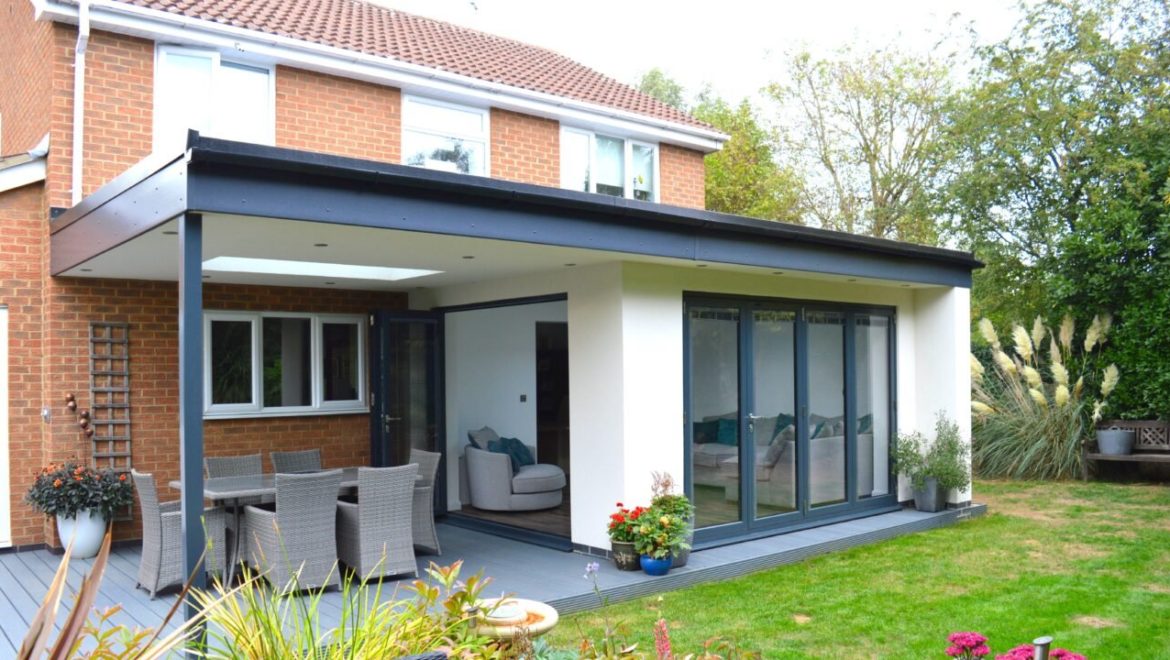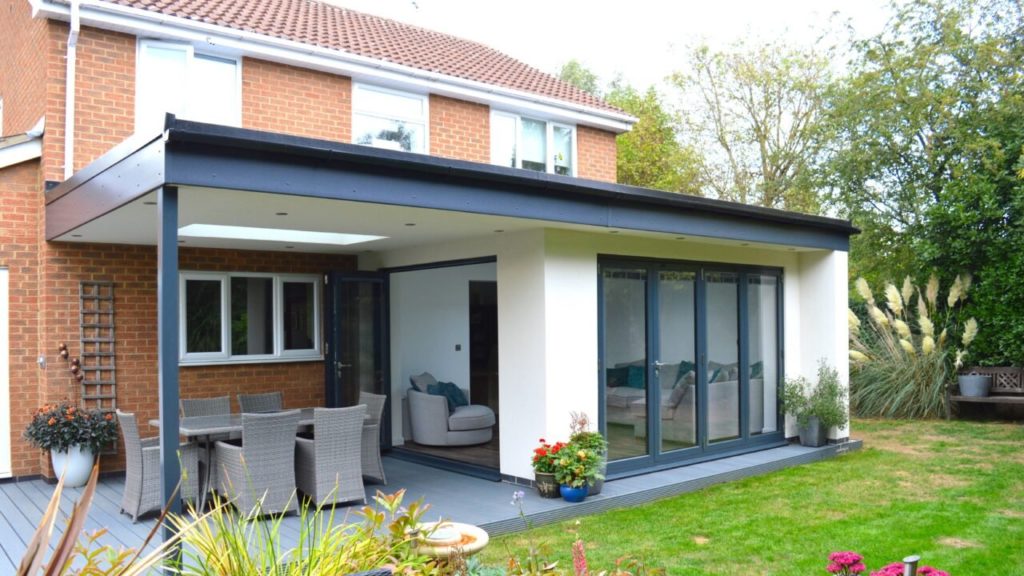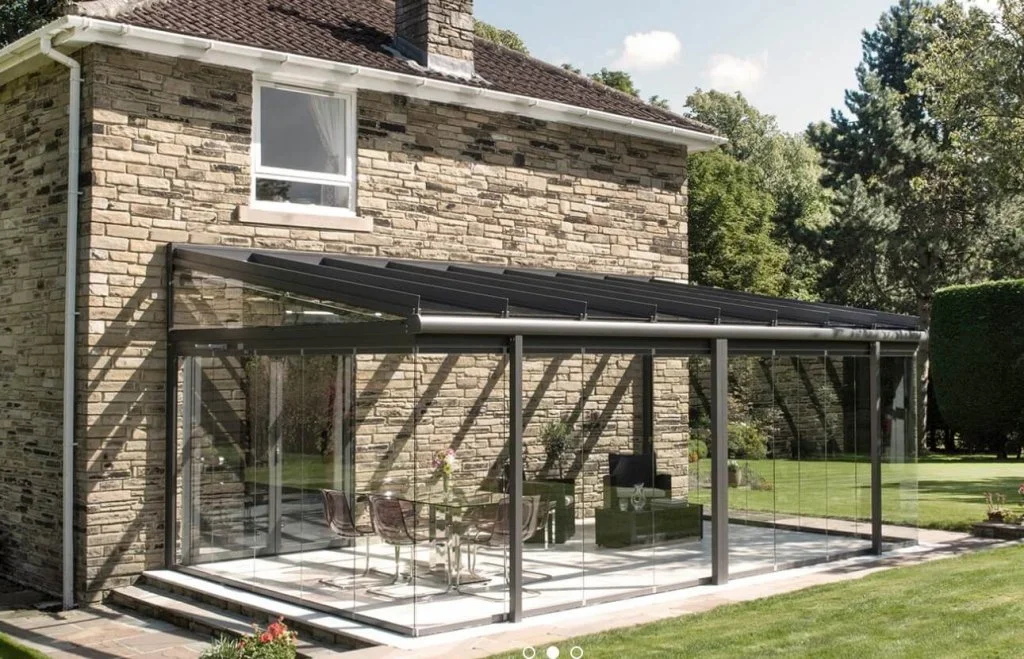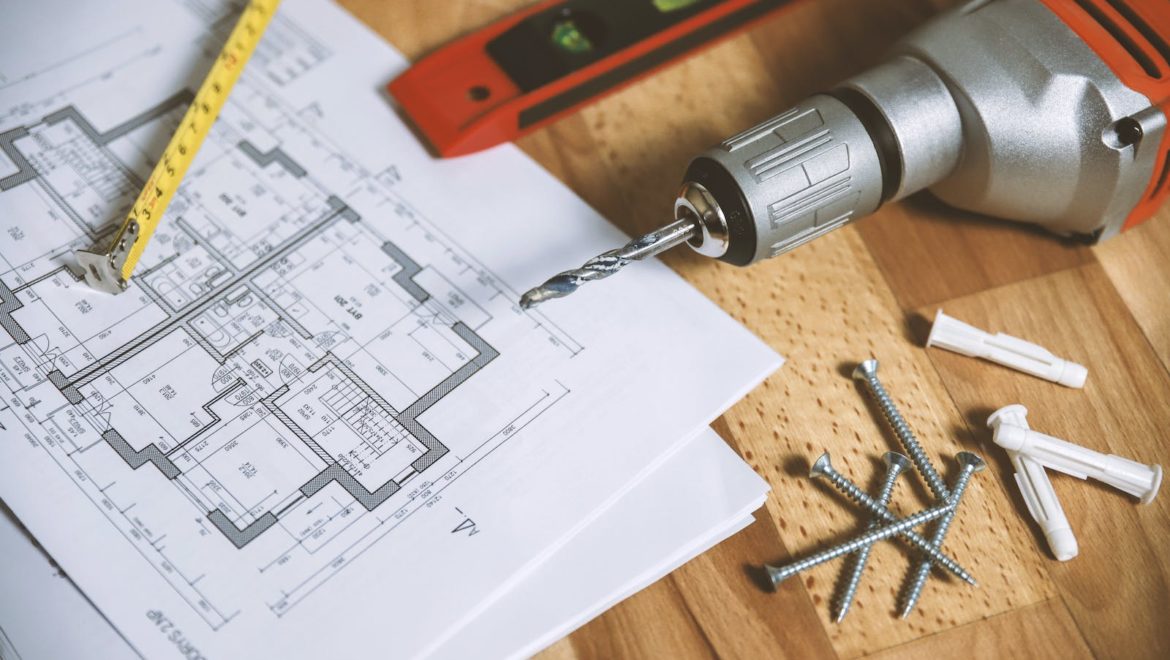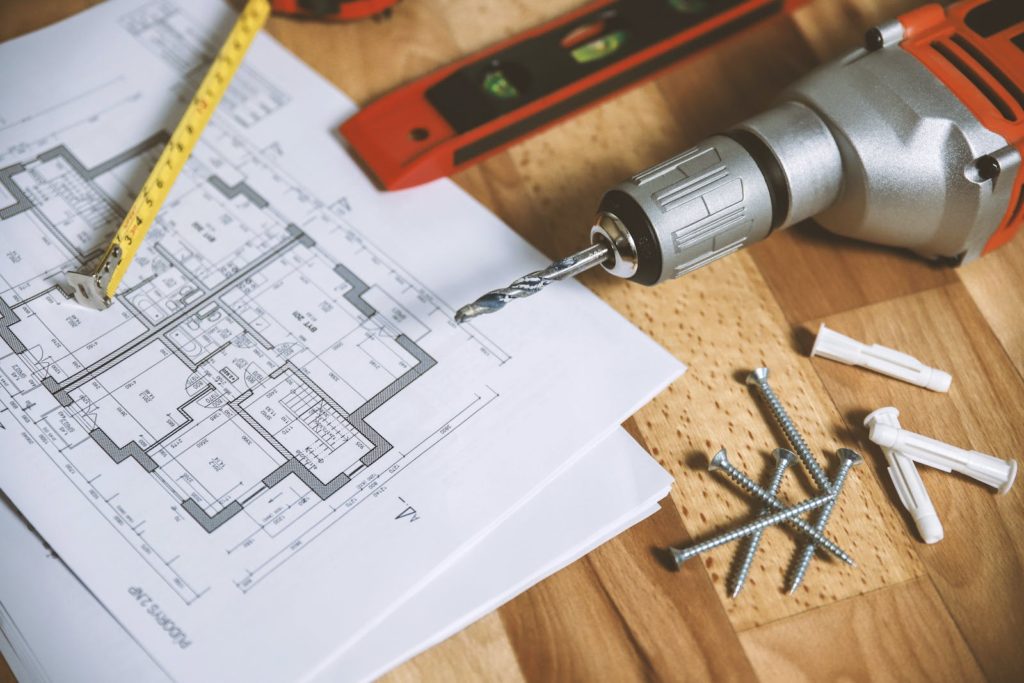The Role of a Chartered Architect: Why You Need One
The art and science of designing and constructing buildings have evolved significantly over the centuries, and with it, the role of the architect has become more crucial than ever. In today’s complex and dynamic world, the need for expertise in architectural design and construction cannot be understated. This is where a Chartered Architect comes into play. In this article, we will explore what a Chartered Architect is and why you need one when embarking on architectural projects of any scale.
What is a Chartered Architect?
A Chartered Architect is a qualified and experienced professional who has earned their architectural qualifications. More importantly, has been accredited by a recognized professional body or institution, such as the Royal Institute of British Architects (RIBA) in the United Kingdom. Or the American Institute of Architects (AIA) in the United States. The title “Chartered Architect” signifies a high level of expertise and a commitment to the highest ethical and professional standards in the field of architecture.
Why You Need a Chartered Architect
Expertise and Education
Chartered Architects undergo rigorous education and training to earn their qualifications. They typically hold a degree in architecture, followed by a period of practical experience and a series of professional examinations. This extensive training equips them with the knowledge and skills necessary to understand the complexities of architectural design, building regulations, construction techniques, and project management. Their education and training are ongoing, ensuring they stay updated with the latest trends and technologies in architecture.
Design Excellence
Architectural projects require creative and innovative solutions that go beyond mere functionality. Chartered Architects have a keen eye for design and aesthetics, allowing them to create spaces that are not only functional but also visually pleasing and tailored to your specific needs. Whether you’re designing a home, office, or commercial space, a Chartered Architect can help you achieve a design that reflects your vision and maximizes the potential of your project.
Regulatory Compliance
Building regulations and codes are stringent and can vary by location. A Chartered Architect possesses an in-depth understanding of local building codes, zoning laws, and regulations. They will ensure that your project complies with all legal requirements, helping you avoid costly delays, fines, or even demolition orders down the road.
Cost-Efficiency
Hiring a Chartered Architect can actually save you money in the long run. They can help you make informed decisions about materials, construction methods, and energy-efficient design, ultimately reducing construction costs and ongoing operational expenses. Their expertise in project management can also help keep your project on budget and on schedule.
Project Management
Architectural projects can be complex, involving numerous stakeholders, contractors, and suppliers. A Chartered Architect acts as the project manager, overseeing all aspects of the project from design through construction to completion. They coordinate the work of various professionals, ensuring that the project runs smoothly and efficiently.
Sustainability and Environmental Responsibility
In today’s world, sustainable design and environmental responsibility are paramount. Chartered Architects are well-versed in sustainable building practices and can help you make environmentally conscious choices that not only benefit the planet but also reduce long-term operating costs.
Conclusion
In summary, a Chartered Architect is an invaluable asset when embarking on architectural projects of any scale. Their expertise, education, and commitment to excellence make them an essential partner in bringing your architectural vision to life. While ensuring regulatory compliance, cost-efficiency, and environmental responsibility. Whether you’re planning a residential, commercial, or industrial project, the involvement of a Chartered Architect can make all the difference in achieving a successful and well-executed outcome.



